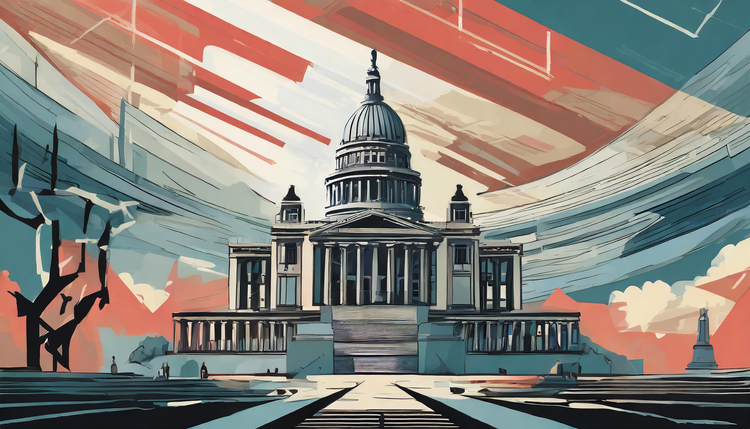The Dangerous Future Of #FakeNews
Strategic disinformation is replacing fake news
“But as González and hundreds of thousands rallied at events across the US, on the internet, a fake photo claiming to show González tearing apart the Constitution was beginning to make the rounds.”
Fake news is a social media term used to discredit journalists and journalism. Started by irresponsible leaders and perpetuated by eager followers, it lives and thrives on social media.
Disinformation is a more dangerous beast.
Disinformation — a term invented and perpetuated by Joseph Stalin — is information “deliberately and often covertly spread to influence public opinion or obscure the truth.” Generations of dictators, revolutionaries, and criminals have used it.
In the race to spread lies, Trump vs. CNN has nothing on user-generated, user-promoted social disinformation.
As information picks up velocity — as our brains work against us — the conditions are ripe for strategic, coordinated disinformation. In particular, we should remember three kinds of disinformation:
Audio
Speech software gives everyone the ability to create audio files that can make anyone say anything.
Visual
Visual disinformation — pictures — plays to our deepest biases. With a laptop, an amateur can seamlessly swap faces and bodies. Imagine what a dedicated, sophisticated team could do.
Video
It’s one thing to see someone holding a ripped constitution, but it’s another thing to watch that person ripping it up. On the spectrum of believability, a picture is a five; a video is a ten.
While people focus on how Facebook handles data — an important point — we should recognize that we are moving into an Age of Disinformation.
It will be an ugly, confusing, and dangerous Maze.





